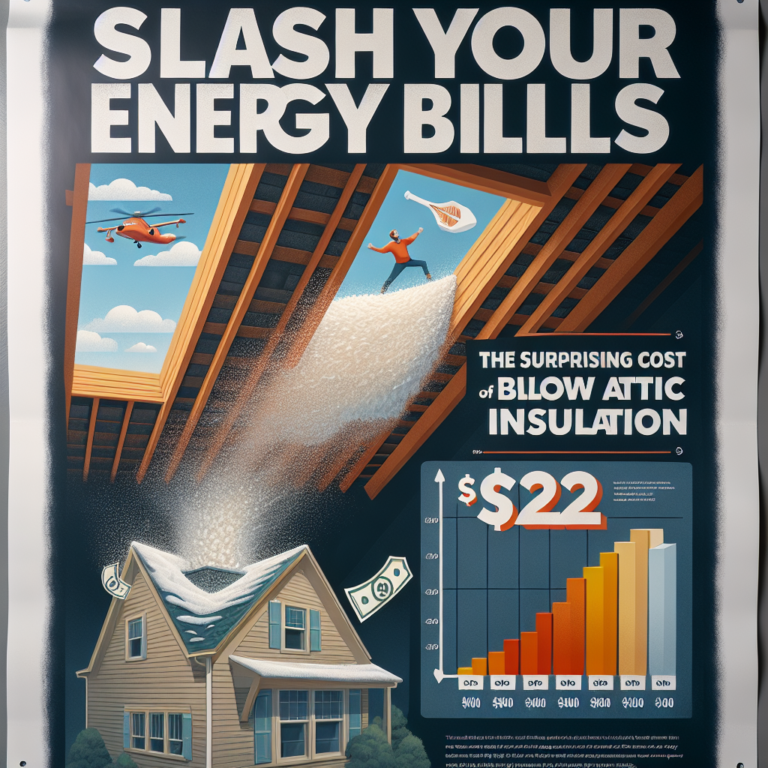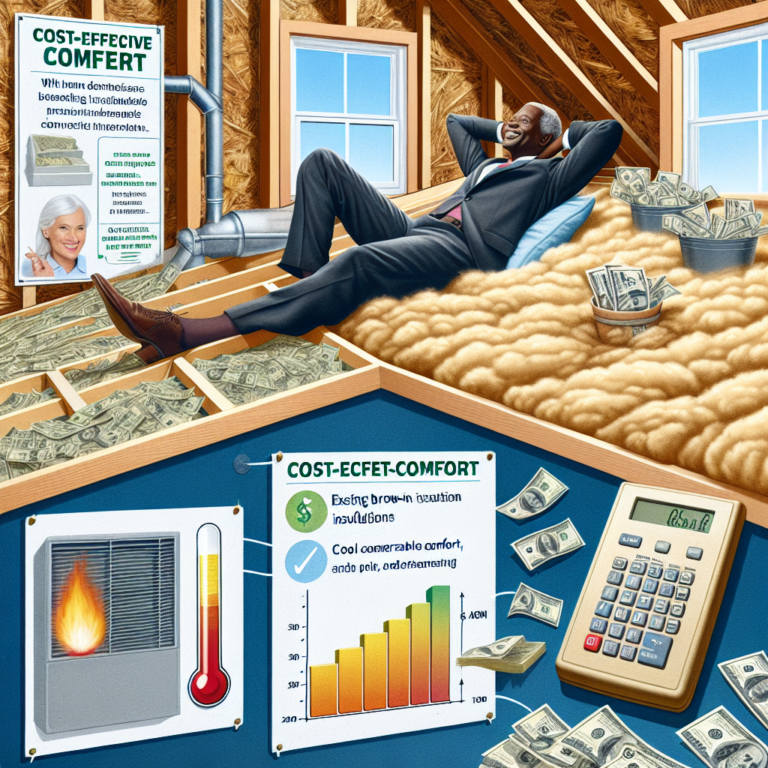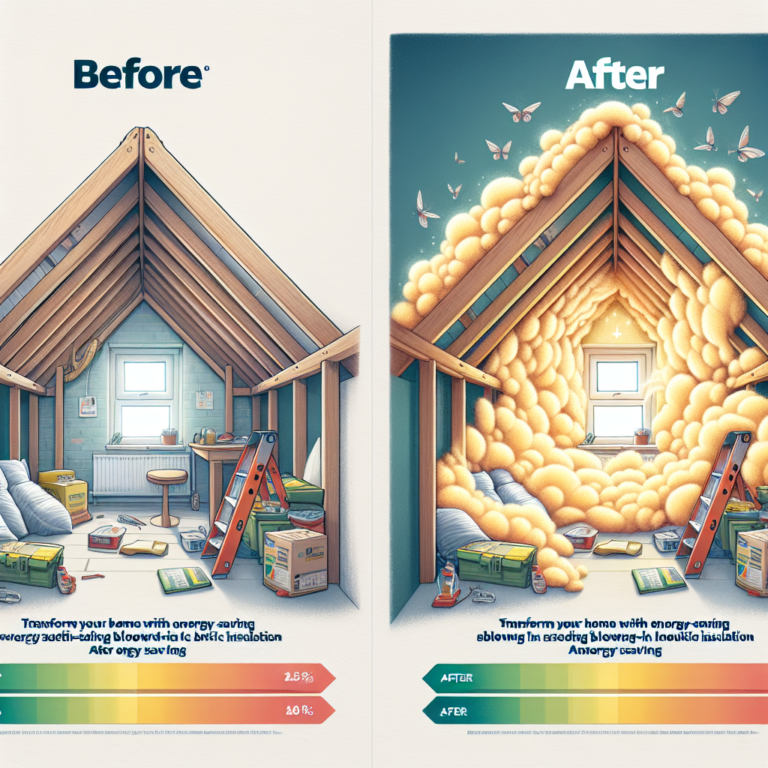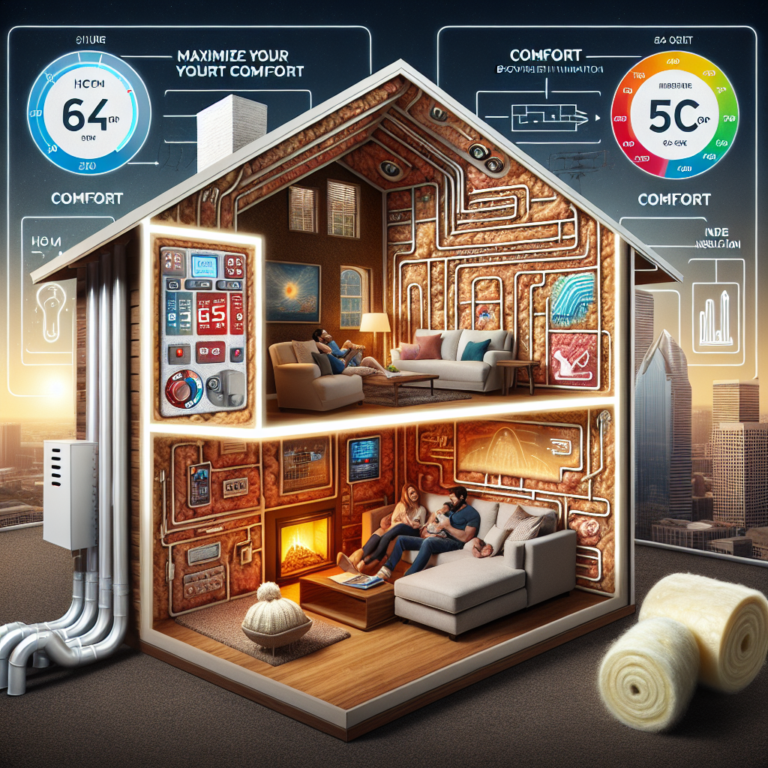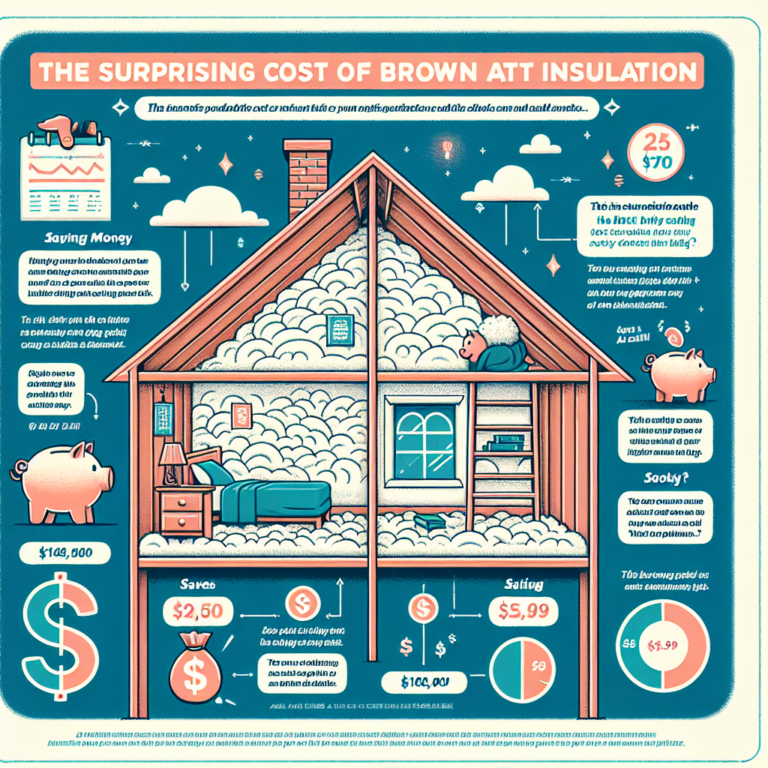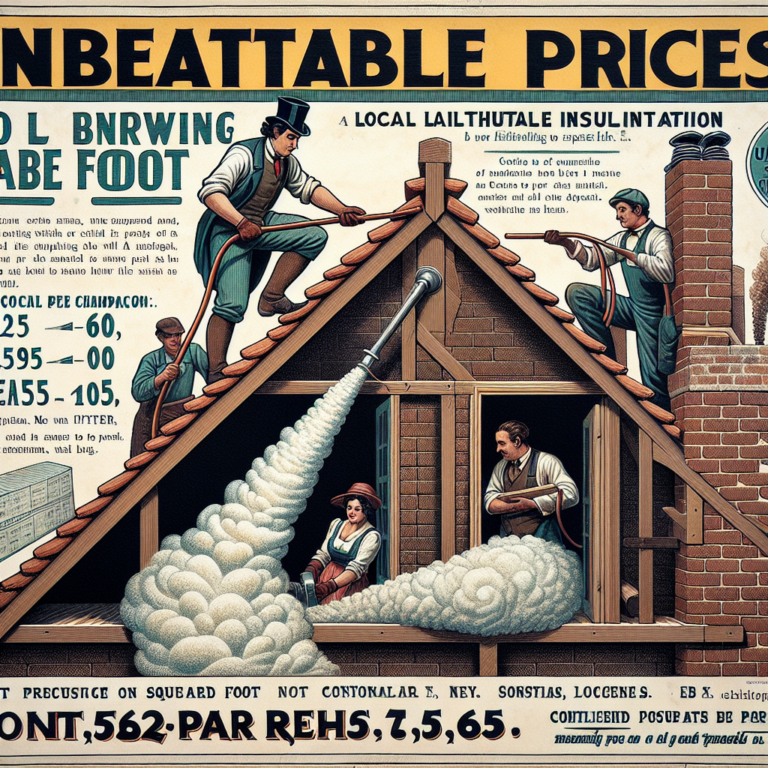Transform Your Home with Home Depot’s Top-Rated Blown Attic Insulation
Introduction
Blown-in attic insulation is one of the most effective ways to enhance your home’s comfort and energy efficiency. By using loose-fill materials—fiberglass, cellulose, or mineral wool—sprayed into the attic’s nooks and crannies, you create a continuous thermal barrier that minimizes heat transfer year-round. Among retailers, Home Depot’s blown attic insulation offerings stand out for their quality, ease of installation, and eco-friendly credentials. Whether you’re tackling a DIY project or hiring a pro, Home Depot blown attic insulation delivers lasting benefits that can shrink your utility bills, reduce noise, and boost indoor comfort.
Key Benefits of Home Depot Blown Attic Insulation
1. Superior Energy Efficiency
• Heat Retention: Attics account for up to 40% of household heat loss. A thick layer of blown insulation traps warm air in winter and keeps out summer heat, lowering HVAC runtime.
• Reduced Utility Bills: Homeowners often see 10–20% savings on heating and cooling costs after proper attic insulation.
2. Complete Coverage
• Gap-Free Barrier: Unlike batt insulation, blown-in fibers conform to irregular spaces, sealing cracks around pipes, vents, and wiring.
• Consistent R-Value: Home Depot products offer R-values up to R-60, matching regional code requirements for superior thermal resistance.
3. Soundproofing and Comfort
• Noise Dampening: The dense network of loose fibers absorbs airborne sounds—traffic, neighbors, even indoor echoes—creating a quieter living space.
• Year-Round Comfort: With reduced drafts and balanced temperatures, rooms below the attic stay more comfortable in every season.
4. Eco-Friendly Materials
• Recycled Content: Cellulose insulation is made from recycled paper; fiberglass contains up to 30% post-consumer glass.
• Sustainable Choice: By choosing Home Depot blown attic insulation, you divert waste from landfills and lower your home’s carbon footprint.
5. Long-Term Savings
• No Settling or Compression: Properly installed blown insulation maintains its loft, ensuring consistent performance for decades.
• Reduced Maintenance: Once in place, there’s little need for top-ups, saving on future re-insulation costs.
Comparing Blown-In Insulation Options at Home Depot
Home Depot carries three primary blown-in insulation types. Here’s how they stack up:
Fiberglass Blown-In Insulation
• Composition: Fine glass fibers treated with a bonding agent.
• R-Value: R-2.2 per inch.
• Pros: Affordable, moisture-resistant, mold- and pest-proof.
• Recommended For: Homeowners on a budget who need reliable thermal performance.
Cellulose Blown-In Insulation
• Composition: Recycled paper treated with fire-retardant chemicals.
• R-Value: R-3.2 per inch.
• Pros: High R-value, excellent sound absorption, eco-friendly.
• Recommended For: Green-minded homeowners seeking superior noise control.
Mineral Wool Blown-In Insulation
• Composition: Rock or slag fibers spun into wool.
• R-Value: R-3.3 per inch.
• Pros: Naturally fire-resistant, superior soundproofing, moisture-tolerant.
• Recommended For: Homes in fire-prone areas or those requiring maximum acoustic dampening.
Each option is available in various bag sizes and R-value targets. To choose the right product, consider your climate zone, budget, and specific performance needs.
Installing Home Depot Blown Attic Insulation: A Step-by-Step Guide
1. Prepare the Attic
• Clear debris and old insulation.
• Seal air leaks around vents, wiring, and plumbing with foam or caulk.
• Ensure proper ventilation to prevent moisture buildup.
2. Rent the Blowing Machine
• Available for free or nominal fee at Home Depot rental centers.
• Includes hoses and remote control for easy operation.
3. Load and Spray
• Wear protective gear: mask, goggles, gloves, and coveralls.
• Feed insulation into the hopper; follow machine instructions.
• Start at the farthest corner, working backward toward the attic entry.
• Maintain a consistent pass thickness—usually 10–14 inches, per manufacturer guidelines.
4. Level and Inspect
• Use a rake or attic broom to even out high spots.
• Check for coverage gaps and reapply in thin areas.
• Add insulation to the attic access door to prevent heat leakage.
5. Clean Up
• Vacuum stray fibers and store excess insulation in sealed bags.
• Dispose of packaging materials in accordance with local recycling guidelines.
Frequently Asked Questions about Home Depot Blown Attic Insulation
Q: What is the ideal R-value for attic insulation?
A: Most U.S. climate zones recommend R-38 to R-60 for attics. Consult the Department of Energy’s climate map or a local building inspector.
Q: Can I install blown insulation myself?
A: Yes—Home Depot’s rental machines and DIY-friendly products make it straightforward. Always follow safety precautions and manufacturer instructions.
Q: How long does blown-in insulation last?
A: When properly installed in a clean, dry attic, blown insulation can last 20–30 years without significant settling.
Conclusion
Transforming your home with Home Depot blown attic insulation is a smart investment in comfort, energy savings, and sustainability. From the DIY enthusiast to the eco-conscious homeowner, Home Depot’s top-rated blown-in products deliver complete coverage, lasting performance, and reduced utility bills. Ready to upgrade your attic? Visit Home Depot today for expert advice, quality materials, and rental equipment—all designed to help you achieve a more efficient, quieter, and greener home.


